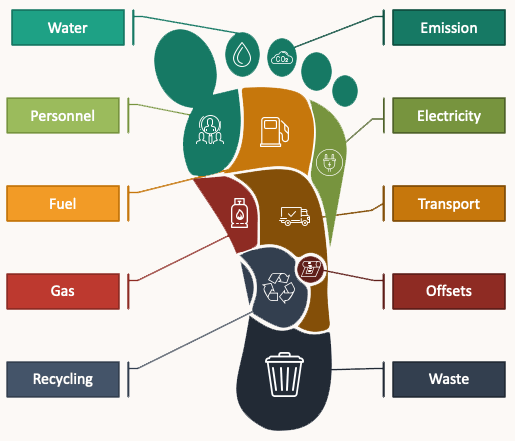Circular versus Linear Economy
One of the strategic targets of Möbius Alliance, in symbiosis with the philosophy of sustainable industry, is to introduce, stimulate and develop a « circular » instead of the traditional « linear economy » ( produce – consume – throw away… )
The priority (green light solutions) has to be based on « durability », during the entire cycle of life of the product.
The global « life cycle of the product » has to be taken into account; avoiding considering only the efficiency during the period of use of the product.
Circularity - Sustainability
Circularity and use of resources to be a reality.
Become aware of life cycle analysis of the products and full service.
The aim of the European Commission to transform Europe into a more circular and resource efficient economy.
The Möbius Alliance supports this objective with a spirit of commitment to the future generations.
This project is conducted on the ecological footprint of the product and its flow.
Ecological Footprint
Ecological Footprint with Waste Recycling and Emission

*Eco - Efficiency
A product or service is defined by its societal and environmental performance rather than its economical performance
Le WBCSD (World Business Council for Sustainable Development) suggests below the definition of eco-efficiency:
"The Eco-efficiency consists of offering goods or services at competitive prices responding to people needs, bringing a quality of life, while reducing progressively environmental impact and the quantity of natural resources required throughout the life cycle of the products to finally reach a harmony with what the planet can sustainably support."


 +32 497 50 21 44
+32 497 50 21 44 +352 661 50 21 44
+352 661 50 21 44